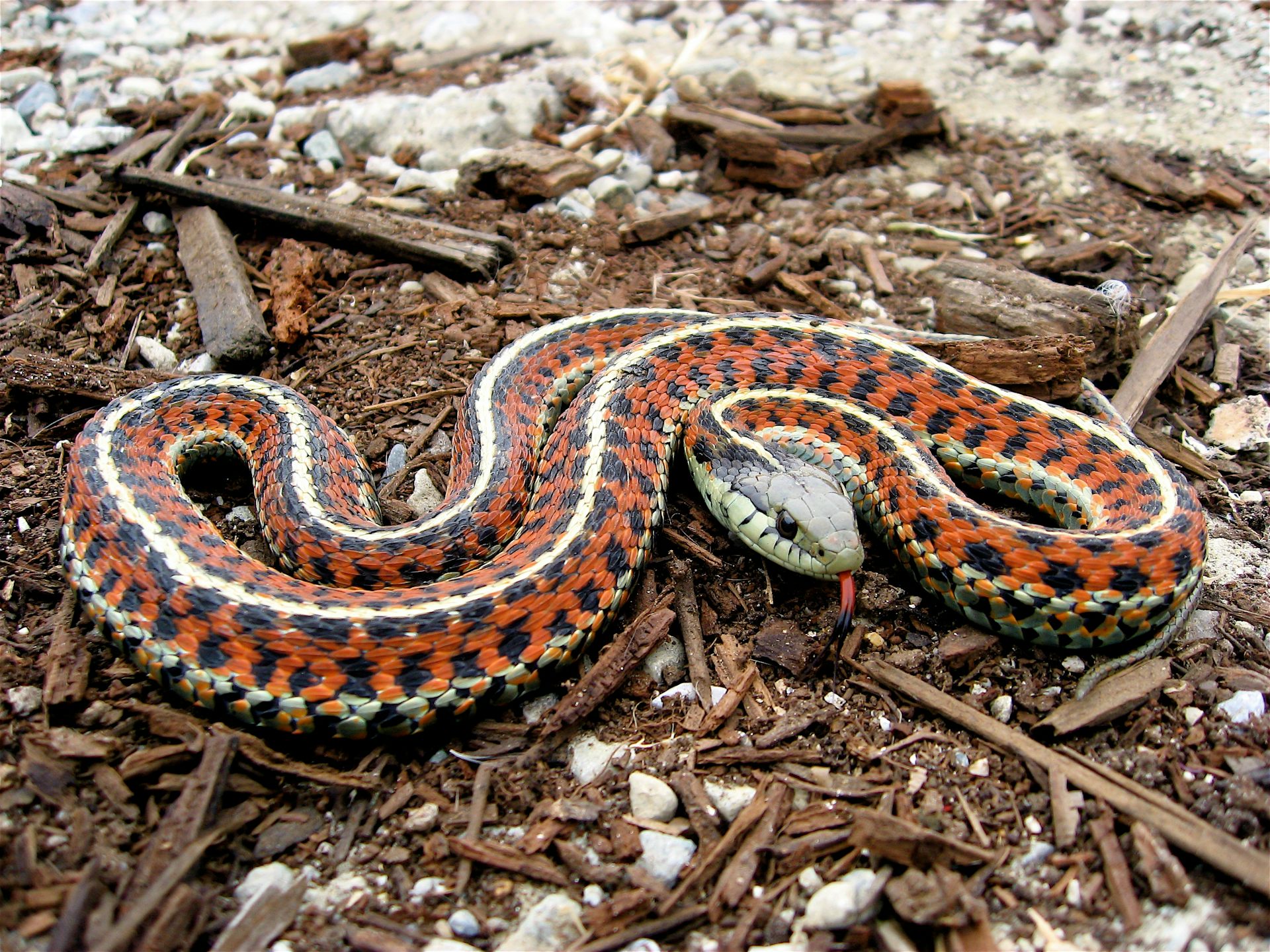Introduction
When it concerns the fascinating globe of serpents, couple of species catch the creativity rather like the baby tiger snake. Understood for their unique coloration and potent poison, these snakes are an essential part of Australia's special community. In this extensive write-up, we will explore different aspects of infant tiger snakes, including their behavior, habitat, and how to securely communicate with them. Whether you're a wildlife lover or merely interested concerning these creatures, recognizing infant tiger serpents can aid cultivate a much deeper admiration for nature.
Baby Tiger Snakes: What You Required to Know About Their Actions and Habitat
What Are Infant Tiger Snakes?
Baby tiger snakes are juvenile forms of the very venomous varieties recognized scientifically as Notechis scutatus These snakes are mostly located in seaside areas of Australia, especially in Tasmania and southerly Victoria. As they grow, their pigmentation changes from a more low-key combination to the characteristic yellow and black bands that give them their name.


One Australian snake facts significant element of child tiger snakes is their size; hatchlings typically gauge around 25-30 cm in size. In spite of their tiny stature, they have a shocking quantity of poison that can be detrimental to humans if bitten.
Physical Characteristics
Tiger snakes have a number of essential physical qualities:
- Coloration: The distinctive banding pattern typically ends up being extra noticable as they mature. Size: Grownups can get to sizes of up to 2 meters. Body Shape: They have a durable body that helps in swimming and terrestrial movement.
Where Do Infant Tiger Snakes Live? Understanding Their Habitat
Understanding the environment preferences of child tiger serpents is crucial for both preservation initiatives and public safety. These snakes grow in numerous environments:
- Wetlands: Marshes and swamps supply sufficient hunting grounds. Coastal Regions: Usually discovered near beaches where they can search for prey. Woodlands: Thick plant life supplies cover from predators.
Geographical Distribution
Tiger serpents are mostly discovered along Australia's southern coastline, including:
- Tasmania: Home to among the most notorious populations. Victoria: Especially in locations near water bodies.
Are Tiger Snakes Venomous? A Deep Dive into Their Venom
One common inquiry emerges when reviewing infant tiger snakes: "Are tiger serpents poisonous?" The answer is an unquestionable yes!
Venom Composition
The poison of tiger serpents consists of neurotoxins that can trigger paralysis, coagulopathy (blood clot problems), and potentially death if neglected. Below's what you require to recognize:

- Effects on Humans: A bite from a tiger snake can bring about signs like swelling, discomfort at the bite site, nausea or vomiting, and also breathing failure.
Comparison with Other Venomous Snakes
In contrast to various other Australian snakes such Australian snake distribution as the eastern brown serpent or king brown snake, tiger snake venom is taken into consideration amongst the most powerful. Nevertheless, casualties are uncommon because of improved clinical therapies and accessibility to antivenom.
Behavioral Patterns of Child Tiger Snakes
Understanding exactly how baby tiger serpents act is crucial for those that reside in or go to areas where these reptiles are prevalent.
Nocturnal Habits
Most infant tiger serpents exhibit nighttime habits. They tend to forage for food throughout cooler evening temperature levels. This versatility aids them prevent killers while boosting their hunting efficiency.
Hunting Techniques
Their hunting methods include:
- Ambush Predation: Waiting inactive up until victim comes close. Active Foraging: Actively relocating through plant life or along rivers searching for food.
First Aid for Snake Bites: What You Should Know
Despite being fascinating creatures, encounters with infant tiger serpents can bring about dangerous circumstances if attacks take place. Knowing emergency treatment treatments can save lives.
Immediate Tips After a Bite
Remain calm; panic enhances heart rate. Immobilize the influenced arm or leg using a splint or bandage. Seek prompt medical focus-- antivenom may be necessary.Creating a Snake Bite First Aid Kit
A well-prepared emergency treatment package need to consist of:
|Item|Function|| ------------------------------|--------------------------------------|| Compression bandage|To immobilize the limb|| Splint|Stabilizes broken bones or joints|| Antihistamines|Eases allergies|| Emergency call numbers|Quick access during emergencies|
Common Misconceptions Regarding Tiger Snakes Debunked
Many misconceptions surround these fascinating reptiles; allow's clarify some misunderstandings generally held by people.
Myth # 1: All Tiger Snakes Are Aggressive
While some people might show protective actions when intimidated, not all tiger snakes display aggression towards people unless provoked.
Myth # 2: Infant Tiger Snakes Are Much Less Hazardous Than Adults
This myth can not be additionally from the reality! Baby tiger snakes consist of virtually as much poison as adults relative to their size; therefore they posture considerable dangers if bitten.
FAQs Concerning Baby Tiger Snakes
What do child tiger snakes eat?- They primarily eat tiny mammals, birds, frogs, and fish.
- Look for slender bodies with faint banding patterns that end up being a lot more noticable as they mature.
- Yes! Birds of victim and larger reptiles may target them.
- Typically every few weeks as they grow rapidly throughout their very early life stages.
- While some people do keep them illegally without permits as a result of their unsafe nature; it's usually not recommended provided their venomous status.
- With punctual clinical treatment-- including antivenom-- the survival rate is high!
Conclusion
In summary, understanding infant tiger snakes-- what they eat, where they live, exactly how they behave-- can equip us with valuable understanding about these amazing yet dangerous animals. The relevance of education bordering emergency treatment procedures can not be overemphasized; recognizing just how to react successfully after a bite might conserve lives while cultivating regard for our wriggling neighbors within Australia's rich biodiversity range.
By appreciating these serpents' duties within ecological communities-- and recognizing prospective risks-- we advertise conjunction rather than fear-based responses towards one another's existence in nature's grand tapestry! Whether you're an avid hiker contemplating your following adventure or simply interested about neighborhood wild animals encounters near home-- this guide acts as your trusted referral factor on the enigmatic globe populated by our friends-- the stunning baby tiger snake!